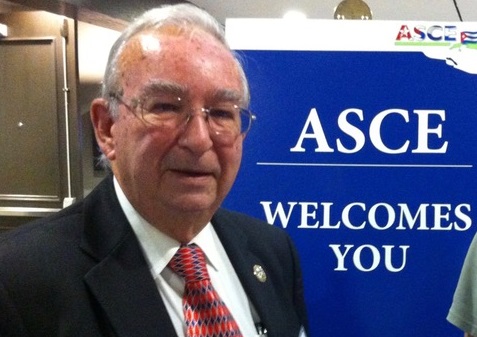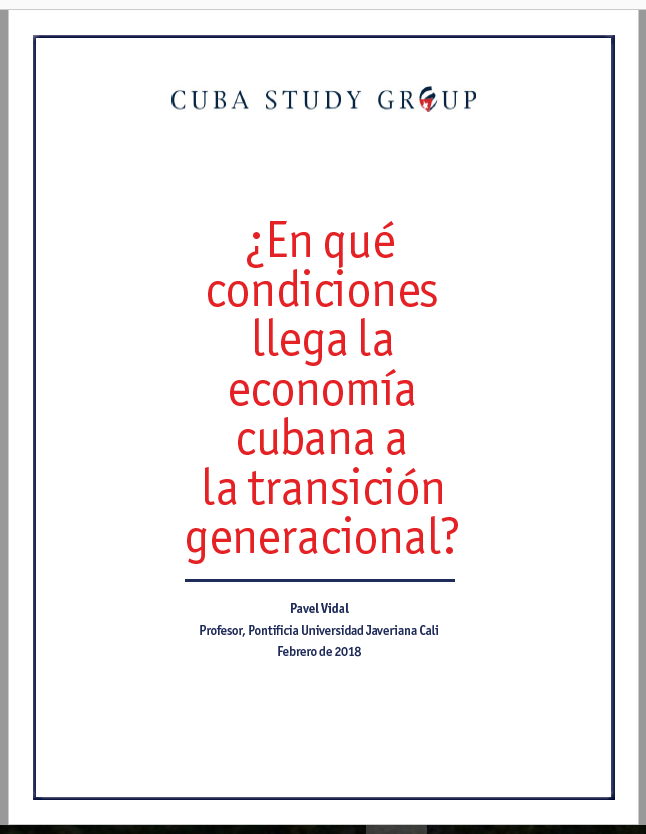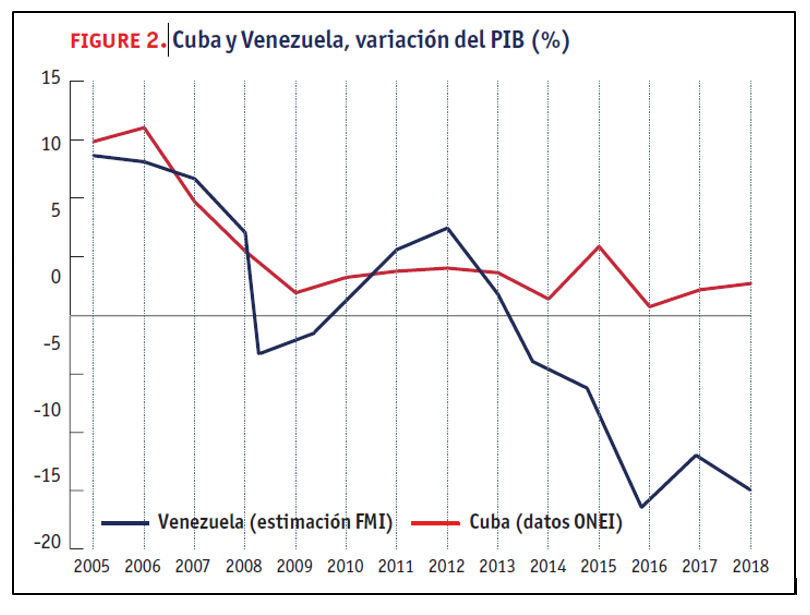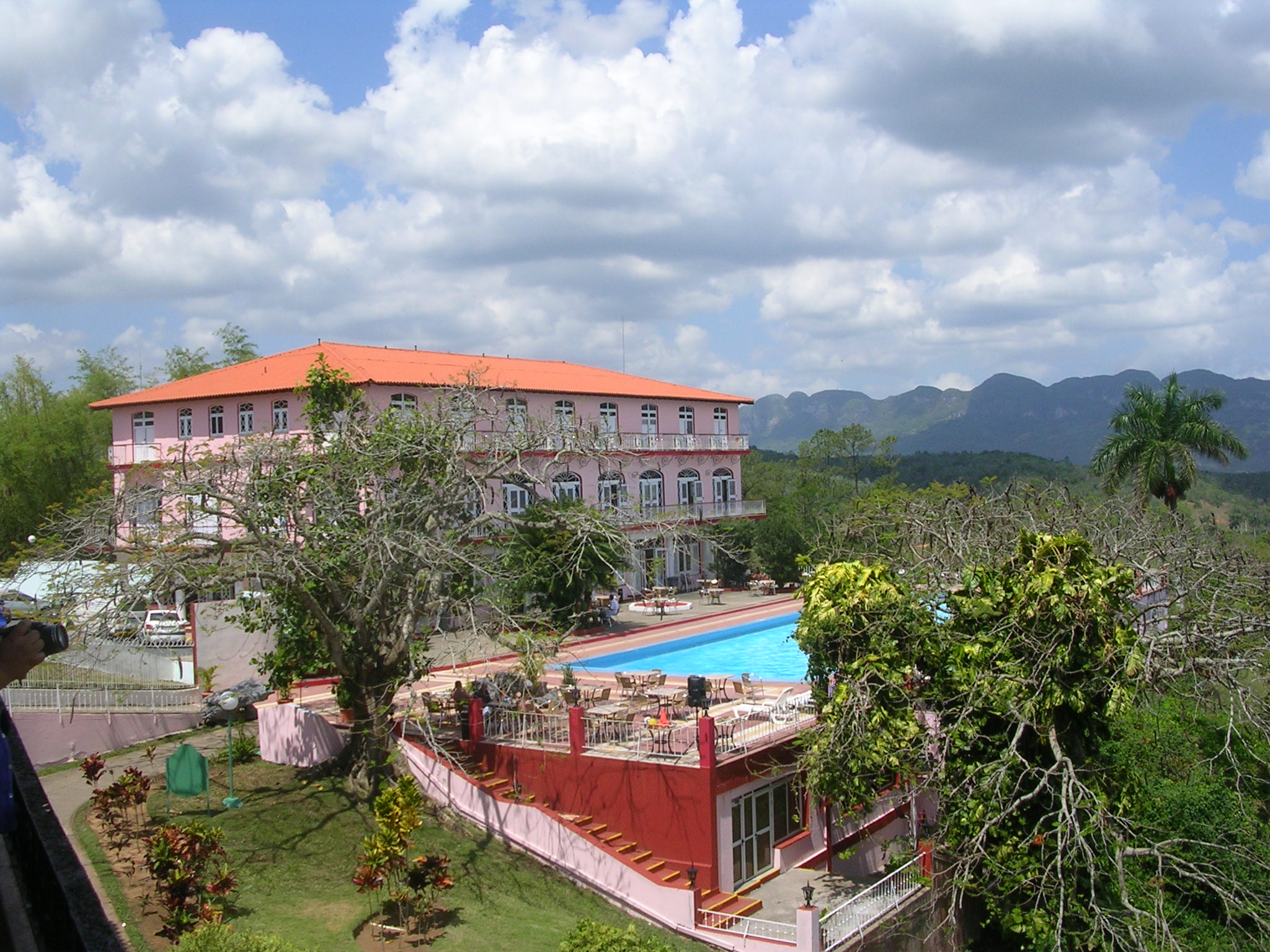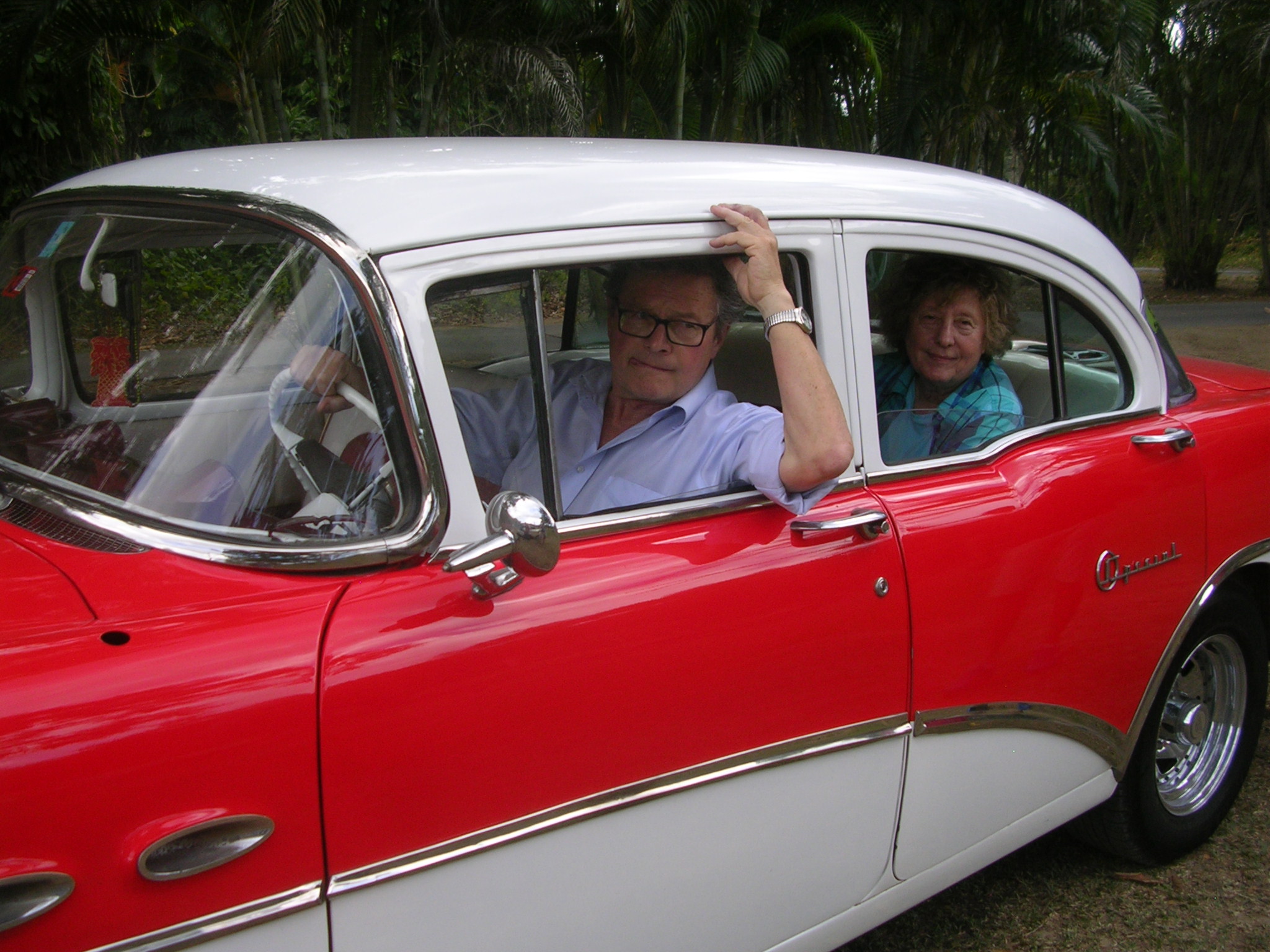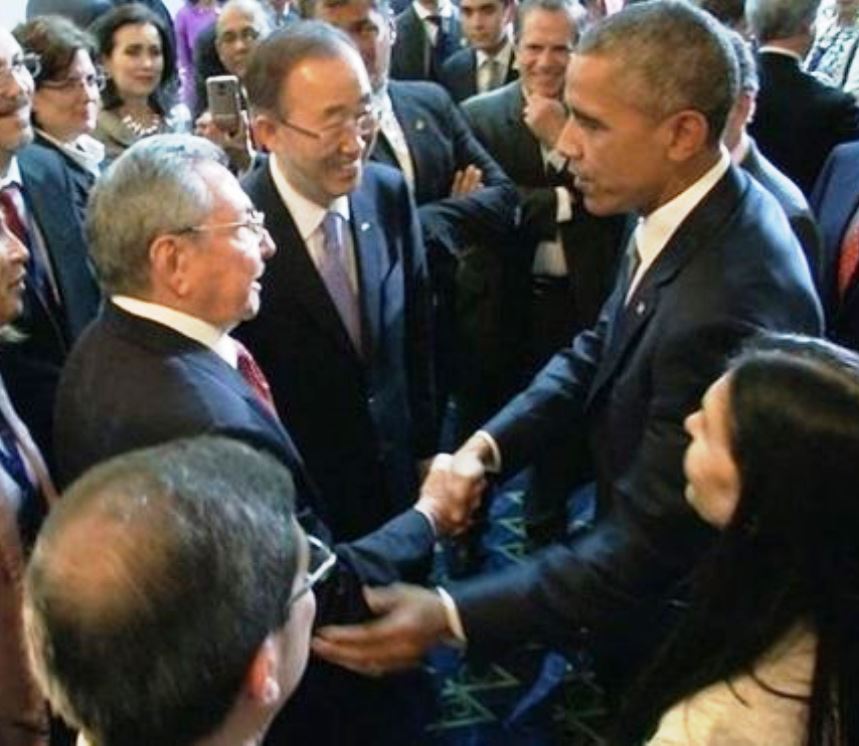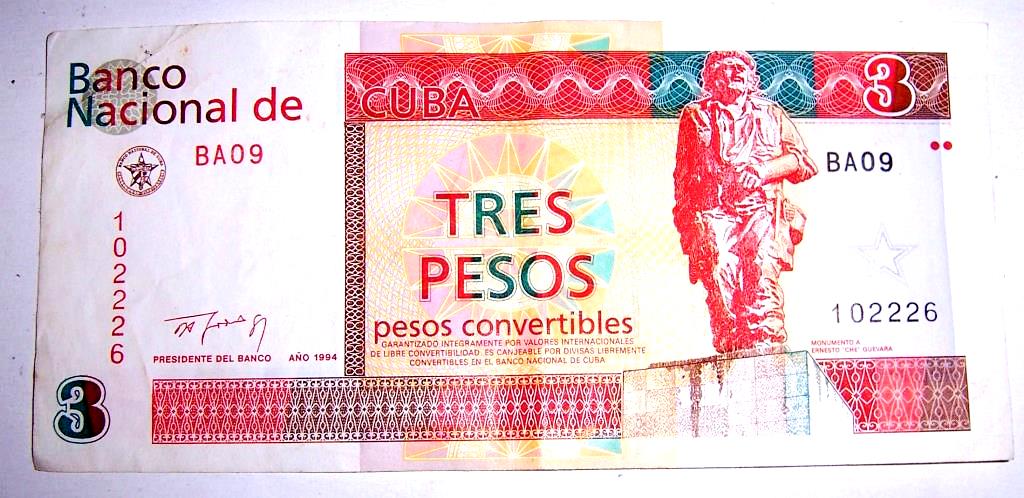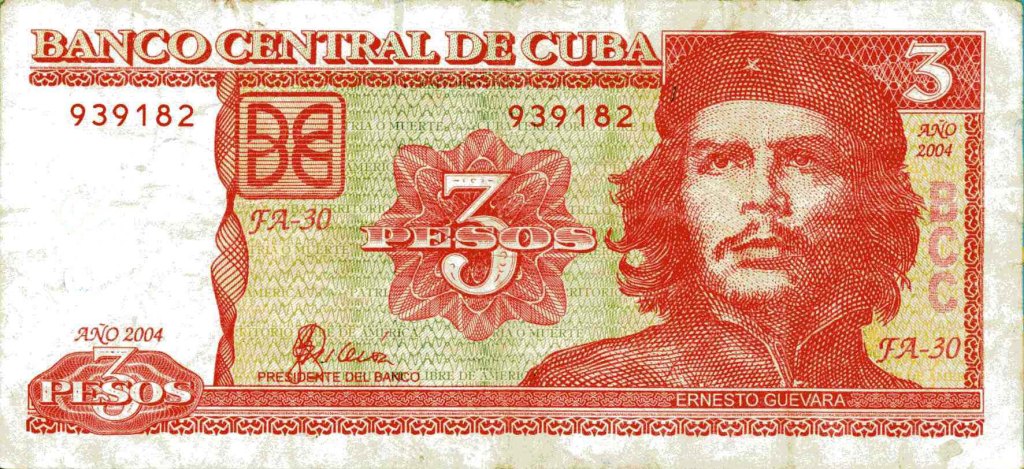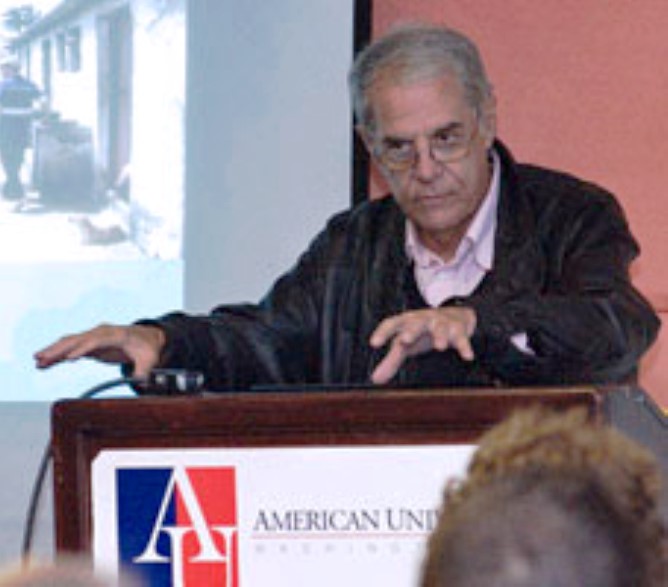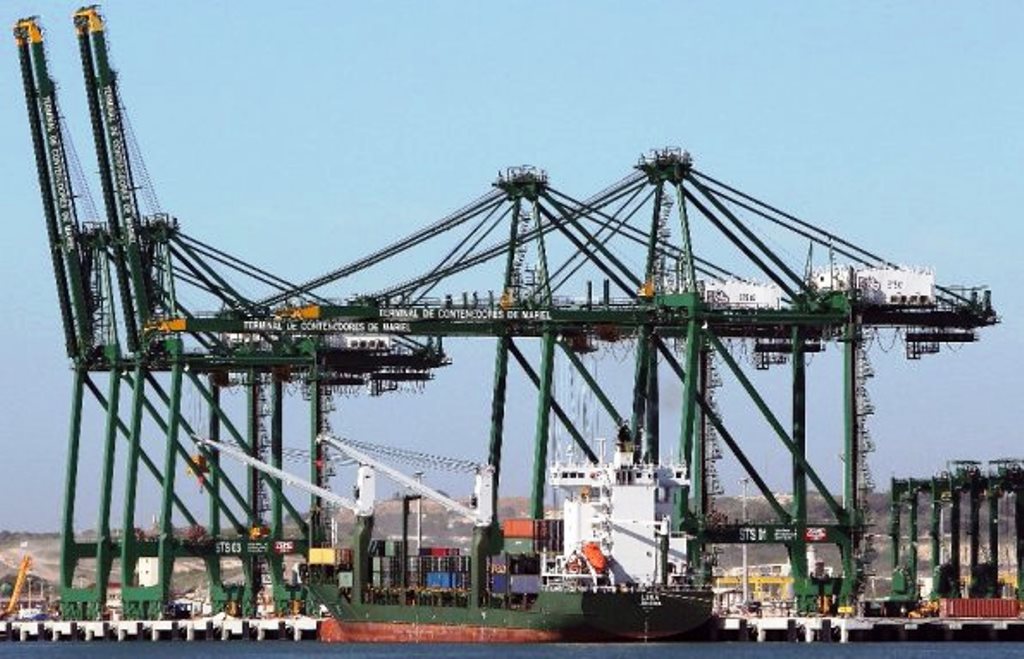December 14, 2014 – Miami Herald – MIMI WHITEFIELD
Original here: UNFINISHED WORK
Unifying Cuba’s cumbersome dual-currency system tops the list of reforms the government says it will carry out, but analysts say other changes — from measures to speed up foreign investment to a new tax structure — are critical to deepen and expand the reforms.
Cubans use one type of money, the Cuban peso, for everyday purchases and most salaries. But tourists generally use another currency, the convertible peso, which is also needed to purchase coveted consumer items.
To add to the confusion, there’s also one exchange rate for state enterprises and another for Cuba’s fledgling private businesses. The official exchange rate is 25 Cuban pesos (CUPs) for one Cuban convertible peso (CUC), but for state enterprises the CUP is on par with the CUC. One CUC equals $1 U.S.
The government first said it planned to eliminate the unwieldy two-tiered system in 2013 and work toward a single currency, the Cuban peso, but currency unification remains the most important piece of unfinished business as Cuba seeks to overhaul its ailing economy.
“This is probably the most difficult reform of all. It’s extremely complex but it’s also a key reform, especially at a time when Cuba is trying to attract foreign investment,” said Carmelo Mesa-Lago, an economist who has written extensively on Cuba.
Not only is the CUC over-valued but it creates distortions across the Cuban economy. The 1-1 exchange rate, for example, makes it difficult to determine the true productivity of state enterprises. Most wholesale and retail prices in Cuba are out of whack and the over-valued CUC tends to make Cuban exports less competitive.
“It holds them back and deforms everyone’s economic behavior,” said Arch Ritter, an economist and professor at Carleton University in Ottawa.
The dual-currency system also has created severe wage disparities in Cuba. Those who work for foreign companies and receive tips paid in CUCs are far better off than those who work for the state and receive their salaries in CUPs.
Cuban Economy Minister Marino Murillo said last month that eliminating the dual-currency system is the most important task now before the government and that certain transitional steps are underway.
There had been speculation that currency unification would come as a big bang, but now it appears the government is taking the gradual approach.
Stores that once only accepted CUCs have begun to accept both currencies, and prices are now being posted in both currencies at selected stores. The practice is gradually being rolled out across the island.
The government also has been running small-scale experiments with different exchange rates — 10 CUPs for 1 CUC, for example — in some state industries, said Mesa-Lago.
Analysts said a realistic and unified exchange rate will make the Cuban economy more competitive, but the process isn’t without risks, and there may be winners and losers during the transition.
“They need to be very careful; there could be unrest,” said Richard Feinberg, a professor of international political economy at the University of California, San Diego and a senior fellow at the Brookings Institution.
But government officials have tried to calm the population by saying the currency unification will be done in way that won’t be detrimental to those who have maintained their savings in Cuban banks in either CUCs or pesos.
“I don’t know how they will do this,” Mesa-Lago said. “There is also the possibility that it will generate inflation. But if they do it right, in the long-run it will be beneficial.”
Feinberg and a group of scholars and economists from the United States, Cuba and other Latin American countries met over the course of a year to examine how to shape Cuban economic policy in a way that encourages sustainable growth.
“We wanted to look at a country transitioning from a central economy to a somewhat more market-oriented economy” and study it from the point of view of economies that have already gone through the process, Feinberg said.
“We’re not saying you can take lessons learned and copy them like a stencil but there is no point in repeating mistakes,” he said.
The collaboration resulted in a Brookings report, Cuba’s Economic Change in Comparative Perspective, that concludes now is the time for Cuba to accelerate its reforms and prioritize price reforms, expansion of the private sector, foreign investment and gradual engagement with international financial institutions.
Phil Peters, president of the Cuba Research Center in Alexandria, Va., agrees that the government needs to come up with a way to allow lawyers, engineers, architects, consultants and other professionals to engage in self-employment.
Some are getting around the prohibition. An architect, for example, may take out a license as a self-employed construction worker, Peters said.
“But if they don’t find a way to allow skilled professionals to work, they are leaving a lot of money on the table,” he said.
There are other missing pieces — both big and small — in Cuba’s economic reform process. If they’re implemented, Cuba analysts say they would make the island’s fledgling entrepreneurs more successful and could help revive economic growth.
When Cuba’s National Assembly convenes Friday, it’s expected to review the reforms to date, and discuss the 2015 budget and the island’s new foreign investment law.
Not so much a missing piece as a question mark is Cuba’s ability to attract foreign investment, which officials have said is essential to the island’s development plans.
This fall, Foreign Trade Minister Rodrigo Malmierca Diaz announced 246 projects adding up to an investment of $8.7 billion that are open to foreign investment. The government hopes to attract $2 billion to $2.5 billion annually from foreign investors.
Among the projects on the wish list are 86 in the oil industry, 56 tourism projects — including golf-condo projects and 21 new hotels, a plant to produce bottles and another to produce aluminum cans, shrimp and peanut farming projects and wind farm projects where 100 percent foreign ownership will be allowed.
Health, education, the media and the military remain closed to foreign investment.
The Cubans hope that their foreign investment list in combination with the new foreign investment law plus a special economic zone tied to expansion at the Port of Mariel will entice the investors who are needed to jump-start development.
Malmierca has said the Cuban economy must grow at the lofty level of 7 percent annually for the type of development the country needs and that foreign investment will play an important roll in that equation.
The foreign investment law exempts investors from paying a tax on profits for eight years and cuts the tax from 30 to 15 percent.
But foreign firms will not be free to hire and pay workers directly.
“A lot of potential foreign investors question whether there will be sufficient freedom, profitability and security for their investments,” Feinberg said.
Malmierca himself also pinpointed another issue that makes foreigners wary. “Many people complain about the time in which we do things, but everyone’s got their own pace. We’re going to do this our way and we want to do it well,” he said.
In the past, approvals for joint ventures have often come at a glacial pace and the process has been excessively bureaucratic.
The 180-square-mile Mariel Special Development Zone, about 30 miles west of Havana, is supposed to be a focal point for foreign investment and offers the possibility of 100 percent ownership for foreign ventures that set up there.
Cuban leader Raúl Castro and Brazilian President Dilma Rousseff jointly opened the first phase of the nearly $1 billion Port of Mariel renovation in January. It is largely financed by Brazil and Cuba purchased more than $800 million in goods and services from Brazilian suppliers during construction.
The container port, which is eventually supposed to take Havana’s place as Cuba’s main commercial port, is operating and a ship from South Florida, a Crowley vessel loaded with frozen chicken, was the first to call. A rail link to the port also has been completed.
But those who have toured the special development zone recently say it is far from finished and companies are yet to move in. Build-out for specific projects is expected to take place some time next year.
Tim Cole, the British ambassador to Cuba, was among the recent visitors. “What’s immediately striking as you drive in is the ambitious nature of the project. The area set aside for the zone is huge… with plans that include logistics facilities for offshore oil exploration and general cargo and bulk foods facilities,” he wrote in his blog.
“There are, apparently, more than 100 companies who have expressed an interest with the first projects likely to be approved by the end of the year,” Cole wrote. “Deadlines are tight as those companies coming to Mariel will need efficient services — for example, water, sewerage, electricity and high-speed Internet — to be able to operate.’’
As the work proceeds in Mariel, enforcement of the slew of new regulations and tax evasion by budding entrepreneurs remain problems for the government.
Granma, the Communist Party daily, recently reported that the government plans to tackle a number of enforcement issues in 2015. Among them: the under-reporting of income by self-employed workers and misrepresentation of how many workers they employ in their businesses.
Changes allowing Cubans to take full advantage of the new real estate market are also needed. Before Cubans could legally buy and sell homes, a permuta or swap was the way people moved from house to house — often with an under-the-table cash payment to sweeten the deal. Some of that sleight-of-hand has translated to the new market with off-the-books foreign owners putting up money for purchases, buyers and sellers declaring a lower-than-actual purchase price to lessen taxes and sales masquerading as donations.
To curb such practices and help calculate taxes, Granma reported that Cuba will begin using a market-based assessment tool that considers a number of factors, including the number of rooms, location and amenities, such as a garden or patio.
Granma also said the government planned to crack down on illegal economic activity in the coming year and concentrate on increasing the productivity and efficiency of state enterprises to stem losses. A new 2 percent tax on wholesale transactions also will be levied in 2015.
Other issues Cuba needs to address as it shapes economic policy are boosting agricultural production by giving small farmers more incentives, making more credits available so small entrepreneurs can expand their business, and improving wholesale markets, according to Cuba watchers.
Ritter said that even though he’d like to see a complete overhaul of Cuba’s labor laws and wage system, “I don’t think they’re going to do this.”
“The lineamientos were most ambitious,” he said. “If the Cubans could manage to do everything outlined in the lineamientos, it would be a huge reform.”

